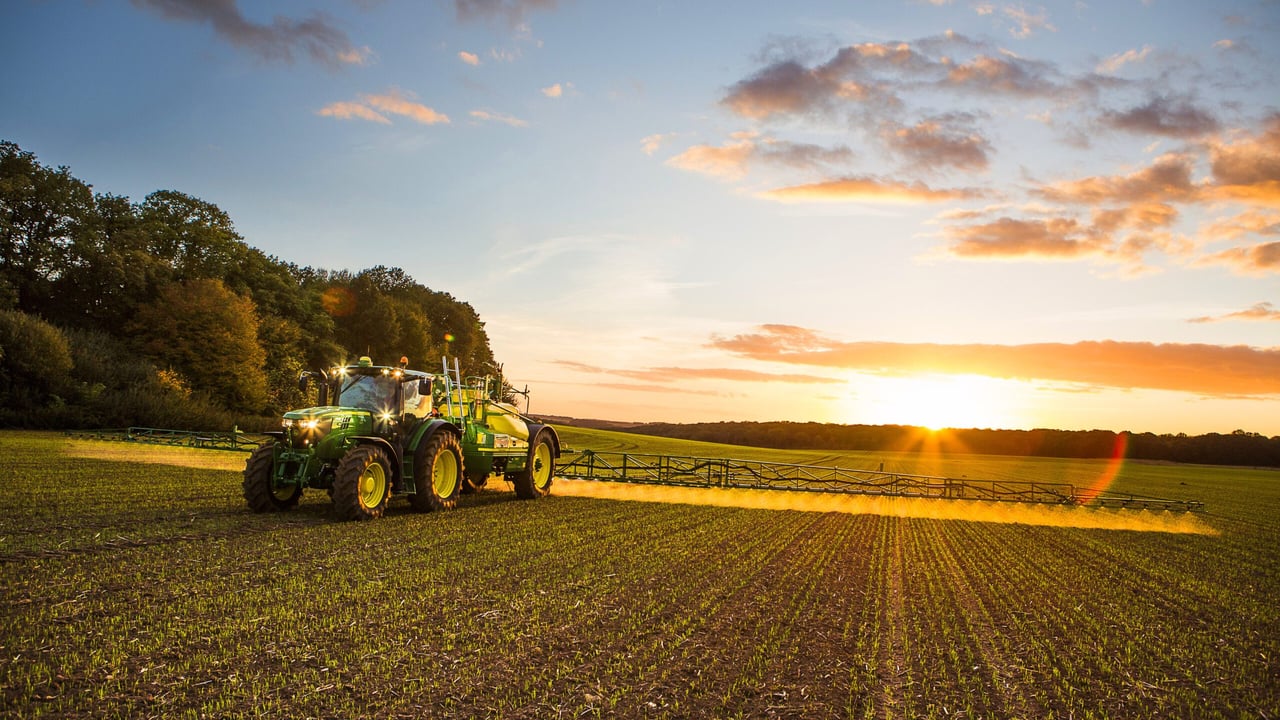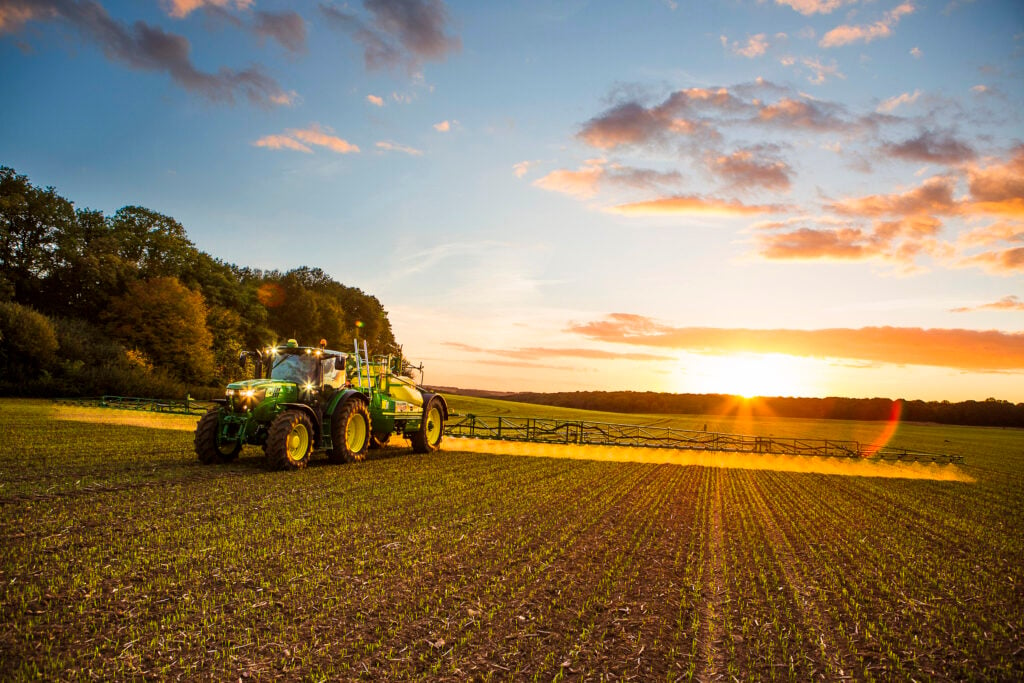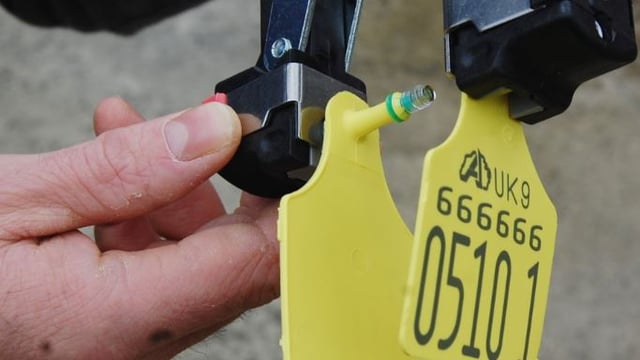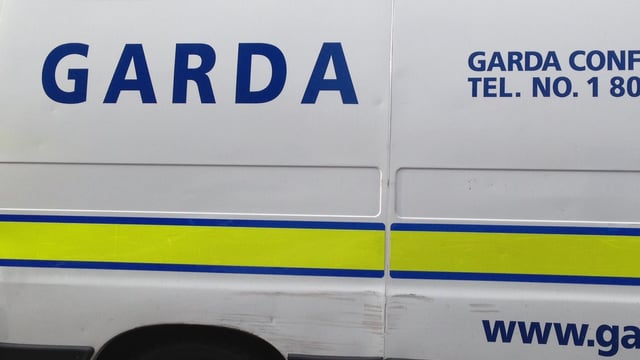All you need to know about becoming a professional user of pesticides
The Sustainable Use Directive (SUD) is an EU directive that covers all aspects of pesticides use and was transposed in Ireland in 2012.
As well as pesticides, in Ireland, it is being implemented to include herbicides, fungicides, insecticides, seed dressings and certain rodenticides.
Why was the SUD introduced?
The SUD is aimed at regulating the use plant protection products (PPPs) (i.e. pesticides).
This includes the movement of pesticides from retailer/distributor to application of the pesticides by the professional user, (i.e. farmer, landscaper, etc.).
It’s aimed also at reducing the risks and impacts of pesticide use on human health and the environment.
Furthermore, it’s also aimed at promoting the use of integrated pest management (IPM) and of alternative approaches or techniques to pesticides.
Growing competitive, healthy crops, choosing the correct variety and applying pesticides to get the most from them are included in IPM (i.e. good farming practises).
Who does it apply to?
The directive applies to all of the following:
Any person that uses pesticides is regarded as a professional user.
As mentioned above, this includes farmers, contractors, operators, technicians, employers and self-employed people, both in the farming and other sectors.
All professional users had to be registered with the Department of Agriculture by November 26, 2015 and from this date, only a registered professional user can apply pesticides authorised for professional use.
How do I become a professional pesticides user?
A farmer must register with the Department if he/she wants to become a professional user.
Farmers who have completed any of the following courses can be recognised as a professional user:
- Teagasc Pesticide Application module as included in 1-year cert or 2-year diploma courses.
- Teagasc Pesticide Application module – standalone course.
- FETAC 5N0731 – Hand Held Pesticide Application.
- FETAC 5N1797 – Boom Sprayer Pesticide Application.
- City & Guilds PA1 – Safe Use of Pesticides + PA2a – Boom Sprayer.
- City & Guilds PA1 – Safe Use of Pesticides + PA6 – Hand Held Applicator.
- Lantra Awards – Level 2 Award in the Safe Use of Pesticides with Level 2 Award in the Safe Application of Pesticides using Hand Held Equipment.
- Lantra Awards – Level 2 Award in the Safe Use of Pesticides with Level 2 Award in the Safe Application of Pesticides using Vehicle mounted Boom sprayer equipment.
- Registered Pesticide Advisor (PA).
Alternatively, there are a number of private companies offering courses at varying cost levels. Some of these courses vary in length from one day to several days.
Teagasc has a great step-by-step guide on how to register as a professional user.
If I’m not registered as a professional user can I still buy pesticides?
Individuals who are not registered as a professional user can buy pesticides authorised for professional use but these pesticides must be applied by a registered professional user.
There is a requirement to keep appropriate records with details of the registered professional user who applied the pesticides.
If I’m not registered does that mean I can’t use any pesticides?
Products approved for amateur use can be purchased and used without restriction by anybody, and without the need for any training or Department registration.
Restrictions as to the category of user of a pesticide can generally be found on the product label but the status of all products is available in the product details which are available here on the PCS website.
By what date must Pesticide Application Equipment be inspected?
All boom sprayers greater than 3m and all blast and orchard sprayers must be tested at least once by November 26, 2016 by a registered Inspector of Pesticide Application Equipment.
New equipment shall be inspected at least once within a period of five years after purchase.
The interval between inspections must not exceed five years until 2020 and must not exceed three years thereafter.
A list of registered Inspectors of Pesticide Application Equipment is available on the PCS website.
When must other Pesticide Application Equipment (e.g. boom sprayers less than 3 metres, weed wipers, etc.) be inspected?
The Department of Agriculture, Food and the Marine, in consultation with relevant stakeholders, will determine appropriate timetables and inspection intervals for other types of pesticide application equipment in due course.
It is anticipated that all types of application equipment, with the exception of knapsack sprayers, will be required to be tested at least once before 2020.
How much will it cost to have Pesticide Application Equipment inspected?
The cost of inspection is agreed between the inspector and the owner of the equipment.
How will the Integrated Pest Management (IPM) requirements of the SUD impact on the professional user?
All professional users shall apply the general principles of IPM and maintain records to demonstrate the application of these principles.
General principles:
Compliance with IPM requirements will be recorded in the user’s Plant Protection Product Use Record sheet which is available on the PCS website.
Areas where you’re not allowed to spray pesticides
STRIPE is an initiative which incentivises farmers to adopt the best practice measure of using spray drift reducing technology to reduce the impact of pesticide exposure on the environment while concurrently increasing farm efficiency
It stands for Surface Water Tool for Reducing the Impact of Pesticides in the Environment (STRIPE).
STRIPE allows farmers to reduce the size of mandatory untreated areas of land near water courses (buffer zones) which in turn allows farmers to make more effective use of their agricultural land.
This in turn helps to protect aquatic life from pesticide contamination by reducing exposure.
Here are the areas where pesticides cannot be applied as part of SUD:
1.Safeguard zones.
- These are around water abstraction points, e.g., shallow wells, boreholes; river points etc. and are non negotiable.
- These are not identified on pesticide labels and are the same as no spread zones required under the Nitrates regulations.
Safeguard zones around water abstraction points (including wells) servicing the following numbers of people:
- 200m – 500 people;
- 100m – 50-500 people;
- 25m – 10-50 people;
- 5m – 10 or less people;
- 15m Landscape feature (karst area, sink hole or collapse feature).
2. Buffer Zones.
Buffer zones can be either areas adjacent to water (mainly), or hedgerows which cannot receive direct application of pesticides. These are identified on the product labels and are typically 5-10m in width but may extend to 70m.







